Breast milk is a source of more than nutrition for your baby. It’s comfort and closeness and connection to their parents as they adjust to the new world around them.
So it can be bewildering when your baby—seemingly out of nowhere—decides to up and quit breastfeeding. More than that, it can be seriously scary if your baby is exclusively breastfeeding.
But nursing strikes don’t mean the end of your breastfeeding journey. Keep reading for tips from Nest Collaborative’s International Board-Certified Lactation Consultants on how to understand what is going on with your baby and what you can do to help end a strike.
First, let’s talk about what doesn’t cause a nursing strike.
If your infant suddenly refuses to breastfeed, it’s not because:
This may seem logical, but it’s easy to forget when you’re concerned about your baby, their well-being, and your milk supply. Be kind to yourself right now—both you and your baby will benefit from a little extra love and patience during this time.
So if you’re reading this article because you feel like you’re on the losing side of the picket line, take a deep breath. And one more. Remind yourself that you and your little one are on the same team and that you’re capable of figuring this out.
Okay, moving on.
Nursing strikes usually start around three to five months old, but are common up to age 9 months. A strike can last up to two weeks, but the average length is usually just a few days. Refusal to nurse in a baby younger than 3 months is not a nursing strike and requires immediate attention.
As far as causes go, sometimes the cause may be specific to you, sometimes it may be specific to your baby, and sometimes you may not be able to figure it out. Common triggers of nursing strikes include:
If your baby is striking, you have three priorities:
It’s common for parents to neglect self-care during a strike because it feels like a crisis. But remember—in an emergency, airlines tell you to put your oxygen mask on first for a reason. You can’t take care of others if you’re in bad shape yourself. Ask for help with things like caring for your other children, cooking, laundry, etc., and don’t be afraid to lean on your network for validation, encouragement, and support.
When it comes to feeding a striking infant, go for what works. Always offer your breast first, but if they protest, you can use a spoon, syringe, paced bottle feed, or even a starter sippy cup to give your baby expressed breastmilk (or formula if you don’t have any expressed breastmilk). Just keep the flow slow to mimic the rhythm of breastfeeding, and follow your baby’s cues.
Here’s another thing to keep in mind if you are worried about your baby’s intake during a temporary nursing strike—just like adults, babies who aren’t feeling well also likely have a decreased appetite. Even if they eat less for a few days while sick, they will almost always make up for it once they start to feel better. Just make sure to keep an eye on the number of wet and dirty diapers your baby is producing—it’s important that they stay hydrated.
Both because of the stress they cause and reduced feedings, strikes that last more than a few days can negatively affect your milk supply if it is not protected through another means of milk expression. Taking a few precautions will go a long way to help protect your supply for the long term and can prevent painful issues like clogged ducts and mastitis that could further affect your breastfeeding journey.
Because breast milk production is based on supply and demand, you should be proactive about milk removal. While your baby is striking, you should express your milk as often as you would breastfeed, making sure to empty both breasts fully every time. If it’s easier, after your baby refuses your breast, you can let someone else feed them with a bottle or syringe while you pump.
Ending a nursing strike is all about helping your baby feel comfortable and safe again.
There isn’t a universal solution to stopping a nursing strike. Still, the following techniques are all good ways to encourage your baby to breastfeed regularly again:
One thing to note: sometimes new parents think a strike means their little one is ready to wean off breastfeeding. This isn’t usually the case.
Children rarely self-wean before they’re two, and weaning usually involves a gradually lowered interest in breastfeeding marked by decreased duration and frequency of nursing sessions, not an abrupt refusal of the breast.
Nursing strikes can feel scary, but it’s important to remember that they are rarely dangerous. Contact your pediatrician if your baby is rapidly losing weight, not having at least 6 wet diapers per day, not having regular bowel movements, has a fever over 100.4°F, or if the strike has lasted longer than about a week.
Nest Collaborative’s International Board-Certified Lactation Consultants have years of experience helping parents from all backgrounds successfully navigate breastfeeding their infants. As a leading provider of telehealth lactation services, we are experts in helping you manage your breastfeeding challenges in your home, on your schedule.
If you need help ending a nursing strike, we can help–we’re seasoned negotiators. No matter what you need help with, don’t hesitate to reach out. We’re here to help.
